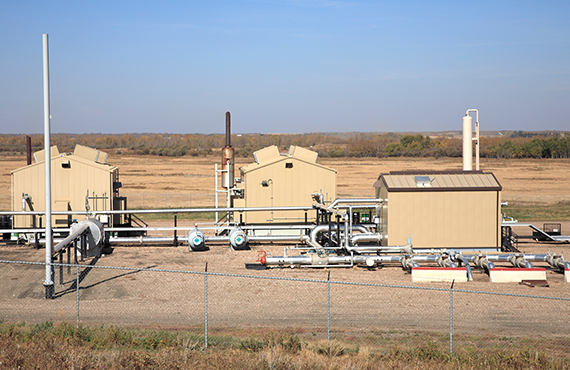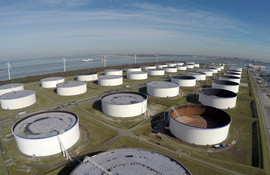In Paris, at the 2015 United Nations Climate Change Conference, commitments were made to work towards limiting global warming to less than 2⁰C – this is a global goal. There are differing viewpoints on how to get there – one of which includes switching the transportation sector to be electric, which has its own challenges and consequences.
The United States committed to reducing carbon emissions by 28 percent by 2025. Canada committed to lowering greenhouse gas (GHG) emissions by 40 percent of 2005 levels by 2030. Canada has been providing flexibility to each of the provinces making their own reductions under the conditions they will achieve the outcome. The challenge will be to remain competitive, on a global scale, with the reduced ability to emit emissions.













